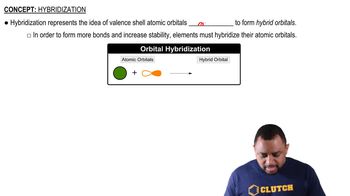Identify the false statement about the structures of the complex ion [Fe(en)2Cl2]+ shown below.
(a) Structures I and II are cis-trans isomers.
(b) Structures I and IV are cis-trans isomers.
(c) Structures I and III are enantiomers.
(d) Structures II and IV are enantiomers.



